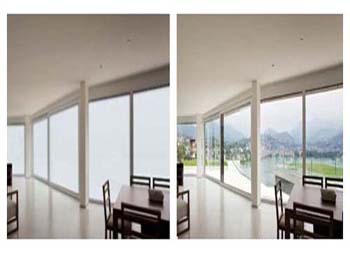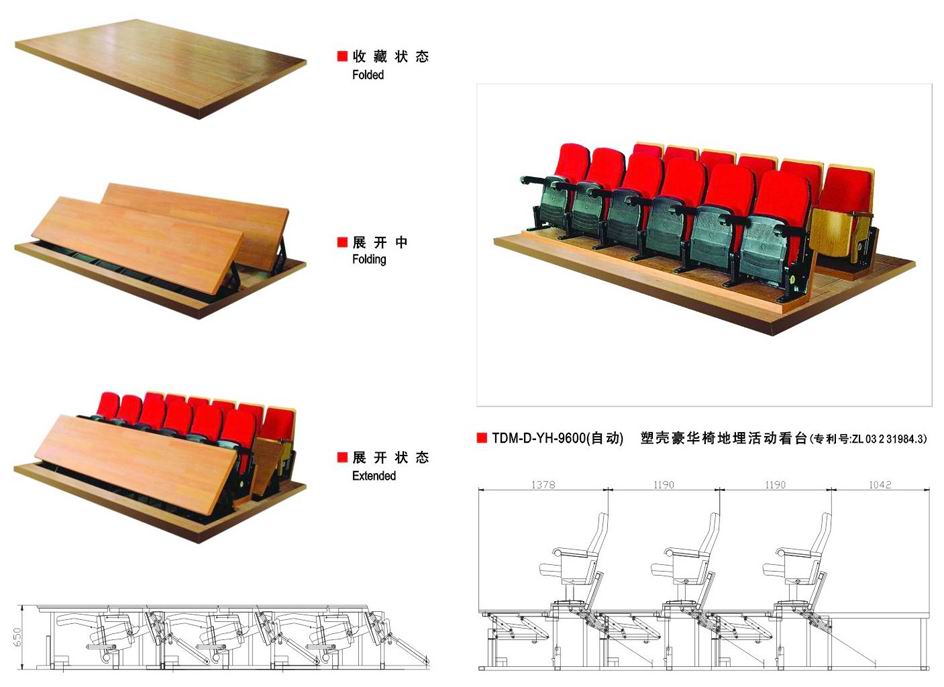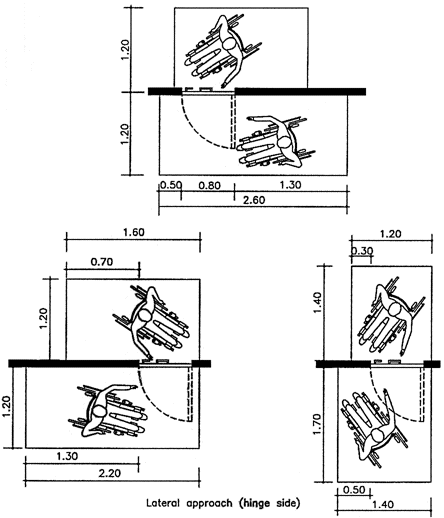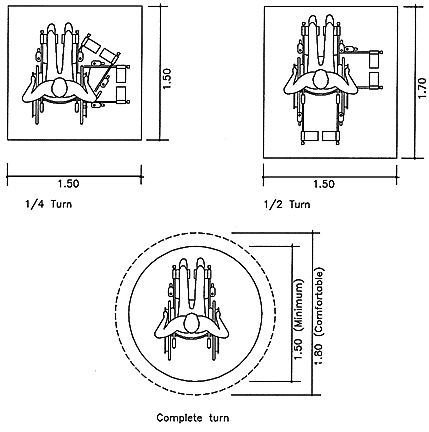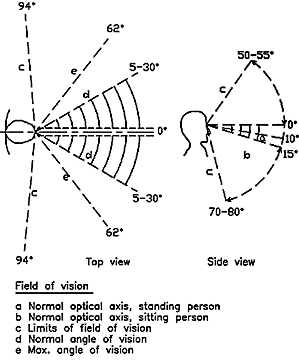Saturday, 24 August 2013
Thursday, 22 August 2013
Smart clear-frosting Glass

A high-tech glass that you could change from transparent to frosted with the flick of a switch…
uses:
1. home windows (eliminating the need for blinds),
2. Stores fronts (at night),
3. bathrooms .
How does it work?
Liquid Crystals Displays:
Is a technique that can be found in many of the products that are used nowadays like in calculators, digital clocks and watches, microwave ovens all use liquid crystal displays (LCDs). In these displays, electricity is used to change the shape of the liquid crystals to allow light to pass through, thus forming figures and numbers on the display.
Polymer Dispersed Liquid Crystals:
The technology behind an LCD is similar to the polymer dispersed liquid crystals (PDLCs) used in some smart-window applications. In these windows, the liquid crystals respond to an electrical charge by aligning parallel and letting light through. When the electrical charge is absent, the liquid crystals in the window are randomly oriented. With liquid crystals, the glass is either clear or translucent. There are no intermediate settings.
PDLCs and suspended particle devices require power for their smart windows to be transparent. A different smart window technology is in development that would reverse the process.
Sunday, 18 August 2013
Spectator & competitor provision Area
Viewing in swimming pools falls under one of three types:
1. Informal viewing:
which is the general viewing for understanding the layout of the of he building allowing a degree of supervising. It can be both internally or externally.
2. Formal viewing:
which require fixed seating that is usually stepped and located on the long side of the pool - usually the competitive pool-.
3. Pool surrounds:
which is the seating along the pool for competitors in events. Depending on the situation those seating can be temporary seating but it has to take the general circulation in accounts.
Seating capacity:
Accessibility
Accessibility for wheelchair users needs to be considered early in the design. In smaller facilities, accessibility may only be practical at pool side and/or the uppermost level of the seating.
1. Informal viewing:
which is the general viewing for understanding the layout of the of he building allowing a degree of supervising. It can be both internally or externally.
2. Formal viewing:
which require fixed seating that is usually stepped and located on the long side of the pool - usually the competitive pool-.
3. Pool surrounds:
which is the seating along the pool for competitors in events. Depending on the situation those seating can be temporary seating but it has to take the general circulation in accounts.
Seating capacity:
Dimension:
Spectator seating should be designed to meet the "Guide to Safety at Sports Grounds - (The Green Guide):
1- The maximum angle of seating rake should not exceed 34˚.
2- The ‘C value’ or distance of the sight line above the head of the person in the row in front and the ‘focus point. The minimum C value should be 0.090 m, but
0.120 m is preferred.
3. The space below the seating might be used as changing rooms or pool storage
depending on the layout and the height the seating.
4. Sight lines should relate to a focus point at the edge of the pool, particularly in 10 lane pools where all lanes may be used (the red line in the figure above ).
5. Riser heights ( N value) and seating row depths ( T value) will generally be a function of multiples of 0.28 m minimum goings and 0.19 m maximum risers
Accessibility
Accessibility for wheelchair users needs to be considered early in the design. In smaller facilities, accessibility may only be practical at pool side and/or the uppermost level of the seating.
Seating Details:
Steps and levels:
Creativity:
Saturday, 17 August 2013
Elevation ..
Just finished the elevations .. I believe I can start 3d now to examine them accurately :) .....
Friday, 16 August 2013
Design for wheel chair Users
Dimension:
1. Corridor = 1.8 m ( for 3 wheel chairs at a time )
2. Turning Circle diameter = 1.5 m ( even in narrow and L-shaped corridors)
3. Door's clear opening = 9.25 m
4. Rounded corners desirable
Source: http://www.accesscode.info/buildings/6_6d.html
Cone of Vision:
http://www.un.org/esa/socdev/enable/designm/AD5-03.htm
Friday, 9 August 2013
Plans are finally done ..
Finally, plans are ready now,, the pace of the work is really slow with the holiday, at least these are finished now, so I can discover the other things that rely on them
Thursday, 8 August 2013
Subscribe to:
Posts (Atom)

